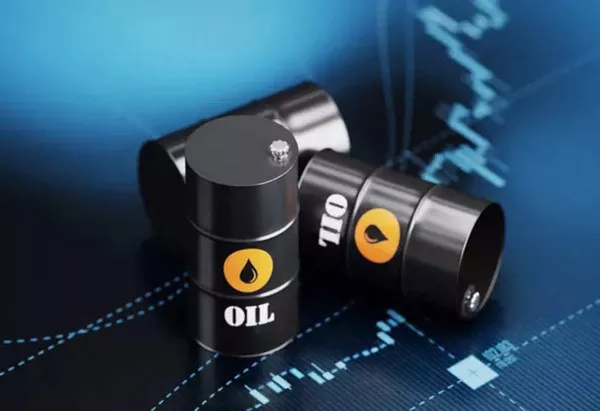Introduction
In the realm of commodities trading, few assets are as significant and influential as oil. As a cornerstone of the global economy, understanding the various ways in which oil is traded is crucial for investors, speculators, and industry professionals alike. Two primary methods of trading oil are through spot markets and futures contracts. While both methods involve the buying and selling of oil, they operate on different principles and serve different purposes. This article aims to elucidate the distinctions between oil spot and futures markets, providing clarity for those navigating the complex landscape of energy commodities.
Spot Market Dynamics
The spot market for oil refers to transactions where commodities are bought and sold for immediate delivery. In this context, “spot” denotes the current market price at which oil can be bought or sold. Spot prices are determined by the forces of supply and demand in real-time, reflecting the prevailing market conditions. Participants in the spot market include producers, refiners, traders, and end-users such as airlines, shipping companies, and industrial manufacturers.
One of the key features of the spot market is its immediacy. Transactions are settled “on the spot,” meaning that the buyer takes possession of the oil and pays the agreed-upon price upon completion of the transaction. This immediacy provides flexibility for buyers and sellers to respond to sudden changes in market conditions or unforeseen events, such as supply disruptions or geopolitical tensions.
Spot prices are influenced by a myriad of factors, including global oil production levels, geopolitical instability, economic growth rates, and fluctuations in currency markets. As such, spot prices can be highly volatile, reacting swiftly to new information and events that impact supply and demand dynamics.
Futures Market Mechanics
In contrast to the spot market, futures contracts are financial instruments that obligate the buyer to purchase a specified quantity of oil at a predetermined price on a future date. Futures contracts are standardized agreements traded on organized exchanges, such as the New York Mercantile Exchange (NYMEX) or the Intercontinental Exchange (ICE). These contracts specify the quality and quantity of oil, as well as the delivery date and location.
Futures contracts serve several purposes for market participants. For producers, futures contracts provide a means of hedging against price fluctuations, allowing them to lock in prices for future production and mitigate the risk of adverse price movements. Similarly, consumers such as airlines and refineries use futures contracts to hedge against price volatility and ensure stable input costs.
Speculators also play a significant role in the futures market, seeking to profit from anticipated changes in oil prices. By taking positions in futures contracts, speculators provide liquidity to the market and contribute to price discovery. However, their activities can also exacerbate price swings and introduce additional volatility into the market.
Key Differences
While both spot and futures markets involve the trading of oil, there are several key differences between the two:
Timing: The most fundamental difference between spot and futures markets is the timing of the transaction. In the spot market, oil is bought and sold for immediate delivery, while futures contracts represent agreements to buy or sell oil at a future date.
Delivery: In the spot market, physical delivery of the oil typically occurs shortly after the transaction is executed. In contrast, futures contracts may or may not result in physical delivery, depending on the intentions of the parties involved. Many futures contracts are settled in cash, with buyers and sellers offsetting their positions before the delivery date.
Price Determination: Spot prices are determined by current market conditions, including supply and demand dynamics, geopolitical events, and economic indicators. Futures prices, on the other hand, are influenced by expectations of future supply and demand conditions, as well as factors such as interest rates and storage costs.
Risk Management: Futures contracts provide a means of managing price risk for market participants, allowing them to hedge against adverse price movements. Spot transactions, while offering immediacy and flexibility, do not provide the same level of risk management capabilities.
Regulation: Spot markets for oil are generally less regulated than futures markets, which are subject to oversight by regulatory authorities such as the Commodity Futures Trading Commission (CFTC) in the United States. Regulation of futures markets helps to ensure transparency, fairness, and market integrity.
Conclusion
In conclusion, the distinction between oil spot and futures markets lies in the timing of transactions, the mechanisms of price determination, and the purposes they serve for market participants. Spot markets facilitate immediate transactions for physical delivery of oil, while futures markets enable participants to hedge against price risk and speculate on future price movements. Both markets play critical roles in the global oil trade, providing liquidity, price discovery, and risk management tools for industry participants. Understanding the differences between spot and futures markets is essential for investors, traders, and industry professionals seeking to navigate the complex landscape of energy commodities.


